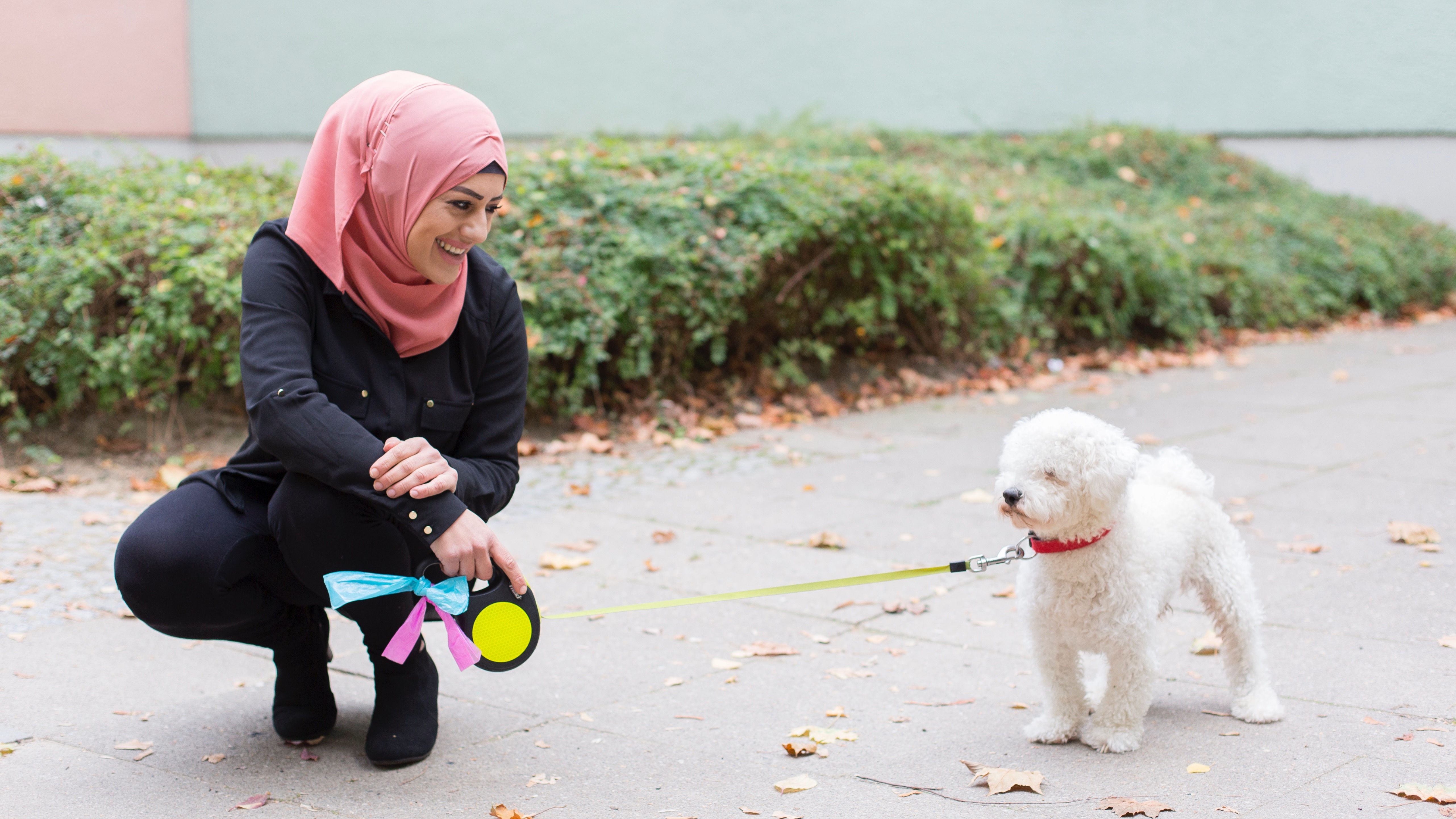
Dogs need exercise, and many of us as dog parents aim to provide it in the form of daily walks. Walking your dog is great – it’s a way to provide them with both physical and mental stimulation – but with so many different breeds out there, it’s not as simple as a one-size-fits-all approach.
For real fulfillment, our pups need a variety of activities. Whether they’re playing with one of the best dog puzzle toys or you’re walking them somewhere new, our dogs benefit from all sorts of different activities and exercises. Award-winning trainer Lisa Burton of Listen Dog Training has explained all you need to know in a recent Instagram post.
Burton says, “The amount of behavioral issues I see every day that would be addressed by simply redesigning the dog’s unique exercise allowance is huge.”
She highlights sporting dogs as an example. Highly trainable dogs who love to follow direction, they’re bred for high levels of endurance. So, as she puts it, “40 minutes around the block will likely leave them hyperactive, reactive, destructive … and the rest!”
For sporting breeds, like pointers, retrievers, setters, and spaniels, Burton recommends activities that promote teamwork between you and your pup, and allow them to burn off excess energy. Why not try flyball, CaniCross, agility, or going for a swim? Here are five activities for a hyperactive dog that you may like to try too!
Working and herding breeds, like boxers, great danes, and huskies, can benefit from activities that involve lots of problem-solving and mental stimulation, like obedience, scent work, and tracking. Herding breeds in particular might enjoy Treibball, which involves driving big inflatable balls into a goal.
Meanwhile, hounds and terriers often need an outlet for their natural drive to hunt and track, so scent work again can be beneficial, as well as things like digging, playing with flirt poles and squeaky toys, and even just simple chase games. These dogs can often be distracted easily, so training with patience can be a good idea.
It’s important to remember that even within breeds, there can be lots of variation based on other factors too. For example, a senior dog probably won’t need as much physical stimulation as an adolescent dog. You know your dog and their individual needs best!
If you’d like to make your walks with your pup more interesting or introduce some more variety, you might find this article useful: 12 clever ways to have more fun with your dog on walks.







